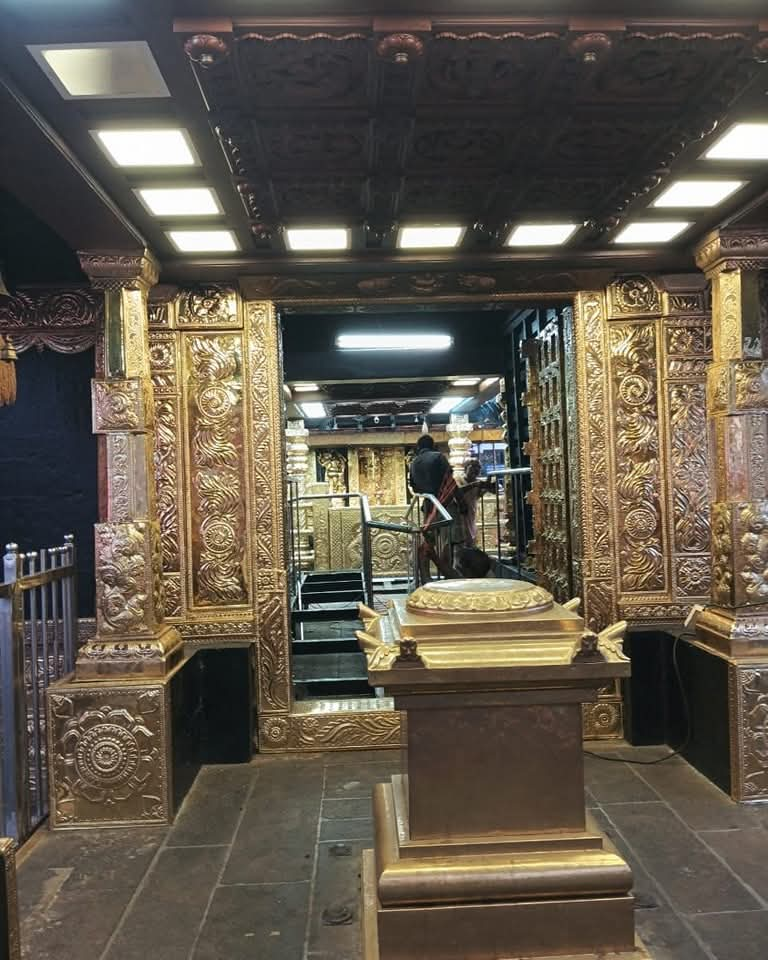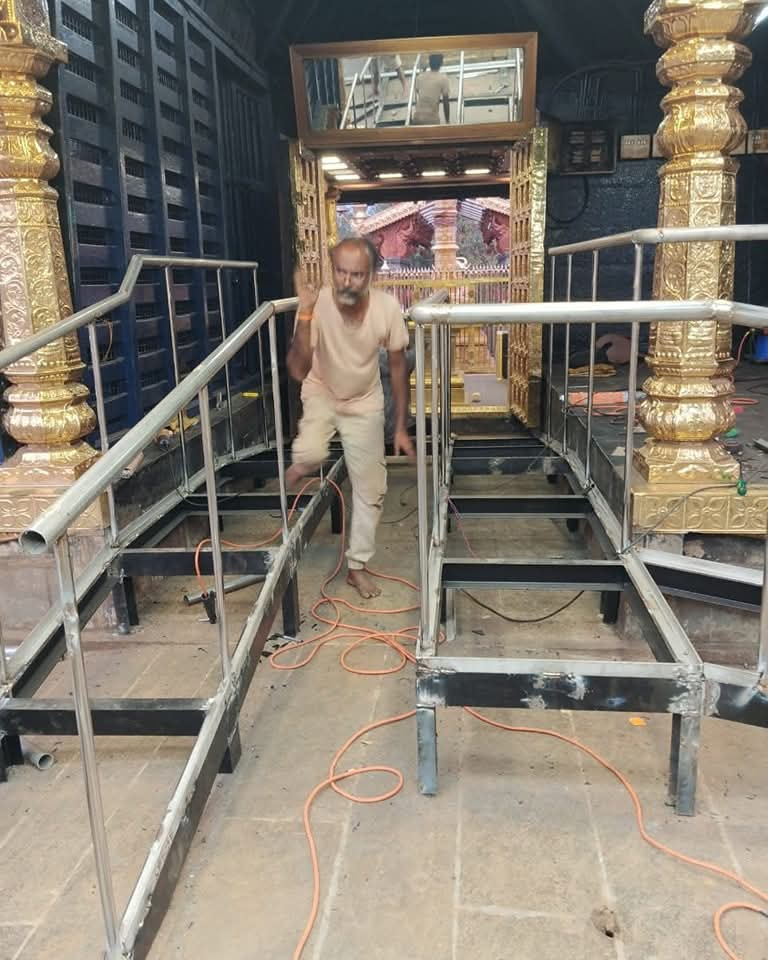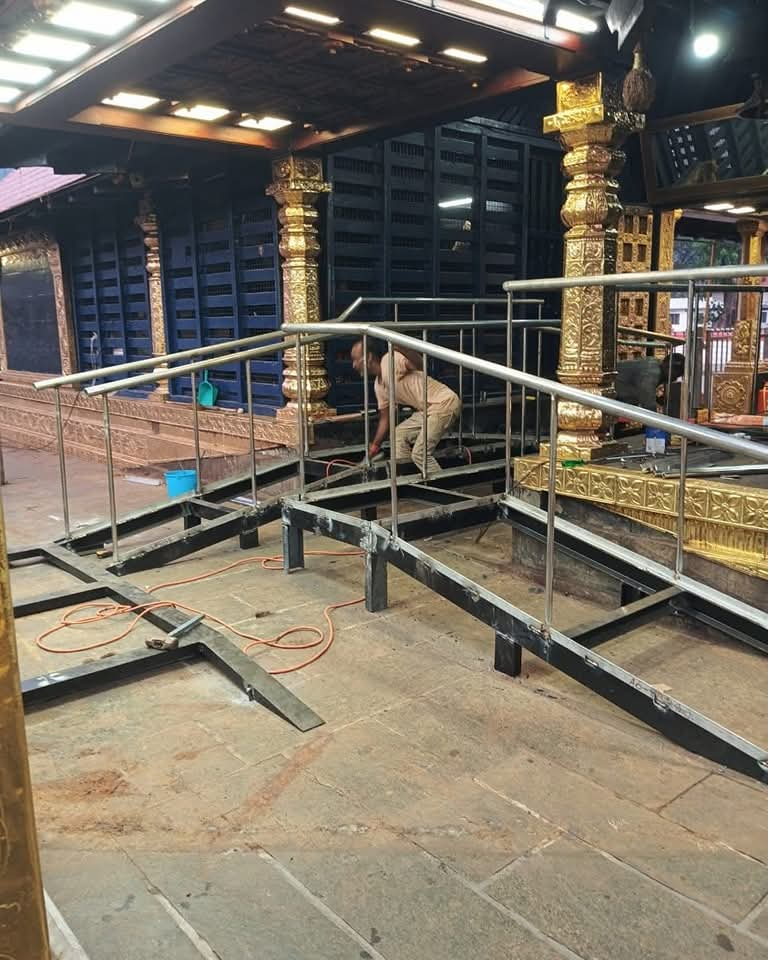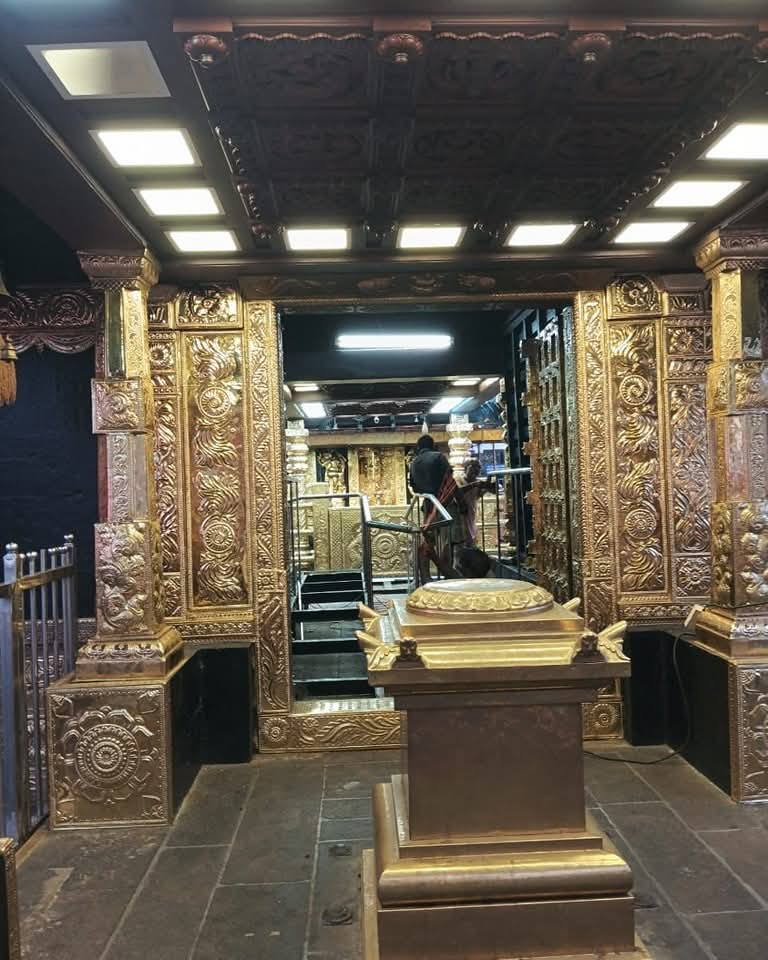New Arrangements at Sabarimala: Direct Darshan via the Eighteenth Step

Sabarimala, a prominent pilgrimage center in Kerala, India, is undergoing a significant infrastructural overhaul to enhance the devotional experience of its visitors. The Travancore Devaswom Board, the governing authority of the Sabarimala Temple, has introduced innovative arrangements that enable pilgrims to proceed directly to darshan of Lord Ayyappa after ascending the sacred eighteen steps, bypassing the previously utilized flyover. These modifications, designed to ensure a seamless, equitable, and spiritually enriching experience, are scheduled for completion by mid-March 2025.
Streamlined Access
The updated system allows pilgrims to advance from the eighteenth step to the Balikalpura—the precinct encircling the sanctum sanctorum—via pathways flanking the temple’s flagpole. This reconfiguration eliminates obstructions, granting devotees an uninterrupted view of the deity and fulfilling a long-standing aspiration for a more direct and personal darshan. To facilitate this, the multi-level platforms previously positioned before the sopanam—the revered steps leading to the shrine—have been removed, establishing an unobstructed route to the inner sanctum.
Further enhancing this initiative, construction has commenced on a new platform extending from the eastern porch entrance to the sopanam. This structure will feature dual queues, enabling orderly progression toward the sanctum. A protective covering will be installed over the balikallu to prevent direct contact, preserving its sanctity while ensuring pilgrim safety. Additionally, purpose-built railings will delineate the two queues, bolstering crowd management and operational efficiency.

According to the Travancore Devaswom Board, an average of 80 pilgrims ascend the eighteenth step per minute during peak periods. The newly designed queue system, spanning approximately 15 meters, is engineered to provide each devotee a minimum of 30 seconds for darshan while maintaining a fluid flow of movement. This meticulous planning reflects the board’s commitment to equitable access, ensuring that all pilgrims—irrespective of arrival time or personal circumstances—can partake in this sacred encounter.
The eastern porch, a critical ingress point, has been restructured to accommodate these enhancements. It houses designated areas for the Ganapathi Homam and Kalasha Pooja rituals. Presently, barricades around the Kalasha Pooja zone impede effective crowd control, posing challenges for law enforcement. With approval from the chief priest, these barriers will be repositioned internally, and handrails will be installed along the Ganapathi Homam area, improving both accessibility and security.

Implementation Timeline
Construction of the new platform and associated facilities is underway, with a targeted completion date of March 10, 2025. This aligns with the onset of the Meenamasa Pooja, a monthly ritual commencing March 14, when the revised system will be fully operational. Pilgrims arriving without the Irumudikettu—the traditional offering bundle—will be redirected through the northern entrance into the same darshan queue, ensuring inclusivity across the devotee spectrum.
The Travancore Devaswom Board has set an ambitious ten-day timeline for project completion, underscoring its dedication to meeting pilgrims’ needs promptly. Post-implementation, the system’s performance will be rigorously monitored during high-traffic periods, with adjustments planned to address any identified deficiencies and optimize functionality.

With these advancements, The initiative not only enhances the pilgrim experience but also sets a precedent for integrating infrastructural innovation with reverence for sacred traditions. As devotees prepare to ascend the eighteenth step come mid-March, they will witness a new darshan system.
